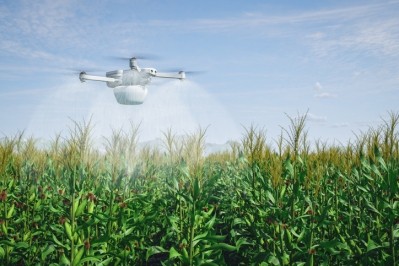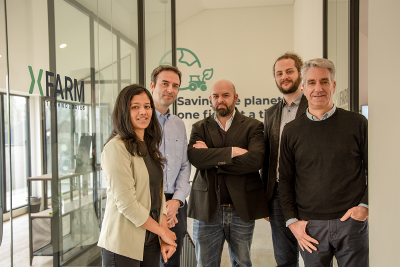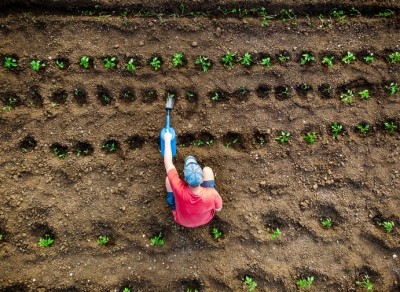World Agri-Tech Innovation Summit Roundup
Precision agri-tech could accelerate uptake of biologicals if regulations can keep up: report

Produced by Agri-TechE in collaboration with Cambridge Consultants, part of Capgemini Invent, and launched at the World Agri-Tech Innovation Summit (19-20 March 2024), the report draws on input from agronomists, agrichemical providers, formulators and equipment and machinery developers.
It reveals that there is significant market pull for biologicals from consumers and retailers keen to reduce the chemical residues left in food products and the environment. There is also a market push from the regulators, looking to reduce the usage of synthetic chemicals.
The report outlines the obstacles to adoption that could be overcome by existing agri-tech, accelerating the uptake of these products.
Efficacy under scrutiny
Co-author Dr Belinda Clarke is director of Agri-TechE, a multi-disciplinary membership organisation that is facilitating the growth of a global innovation ecosystem in agri-tech.
“A desire for more sustainable practices in agriculture is driving interest in biological crop protection products, but the perception is that they are more costly to purchase, time-consuming to apply and less effective than the synthetic equivalents,” she said.

“Many of these reservations could be resolved by recent innovations in precision agriculture that more easily enable ‘per row’ and ‘per plant’ application cost-effectively within stringent spraying conditions,” she continued. “Unfortunately, the regulatory environment has not kept up with developments and is still centred around the ‘number of applications’ instead of the ‘total amount’ of active ingredient used across the field, and this is hindering developments.
Advances in equipment – such as direct injection nozzles for sprayers – are reducing the cost of using biologicals, and robotics that enable automated application are increasing precision.
One of the examples in the report is the treatment of spider mites and russet mites in speciality crops. Autonomous equipment is used to apply predatory mites at night with greater accuracy than humans. This greatly increased the efficacy of the treatment. As navigation technologies improve these developments are becoming more accessible.
Dr Clarke concluded: “The industry urgently requires a more collaborative approach between formulators, equipment developers and regulators to fast-track these innovations.”
Regulation failing to keep up with pace of innovation
Niall Mottram head of industrial and agri-tech at Cambridge Consultants, speaking at the World Agri-Tech Innovation Summit, reiterated concerns about regulations hindering adoption of precision agriculture. “No one in the room will be surprised to hear that regulation has not kept up with the pace of technology development. I give the example of spot spraying. I’m based in the UK where you can’t give a high dose of concentration on a specific plant because the regulation is thinking you’re doing that all over the field.
"It [the regulation] has not kept up with the fact you can do it on a spot spray. And that means there is a barrier to adoption particularly as the active ingredient starts to have more of a biological portfolio and less a synthetic and you need to do multiple applications to get to that same result. The regulation just doesn’t allow a grower to do that with the really great technology that companies have. It’s a barrier and it needs to be solved.”
New partnerships needed across the value chain
Development, delivery and use of biologicals by growers at scale requires new partnerships across the value chain, the report concluded, complaining current corporate relationships are ‘piecemeal’ and not holistic across the ecosystem. Collaboration – and subsequent commercial adoption – has to be driven by the imperative to make it simple for growers to adopt and use biologicals, the report said.
Equipment innovations beyond spot spraying are a key enabler too. “Effective communication and education of the whole supply chain is necessary and it’s important that these efforts are pitched correctly – talking ‘science’ to all won’t resonate,” noted the report.
“This will ensure that everyone, from biologicals discovery and development, formulation and manufacture, equipment manufacturers and regulators to growers, retailers and the general public, understands the constraints on the supply chain currently and what is needed to address the challenges with biological crop protection products. This will enable biologicals to become a core part of the toolkit of solutions available to growers to help make agriculture more environmentally sustainable for the benefit of all.”






















